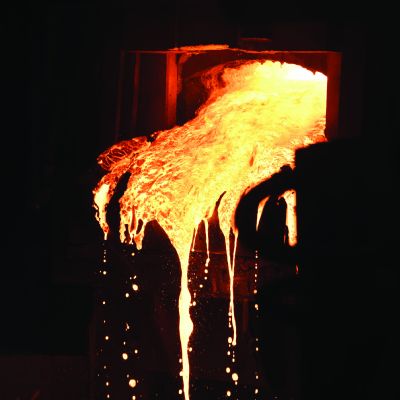Let Your Supplier Help
March 1, 2011Comments
The most productive relationships between suppliers and customers in the metalforming industry are those where partners or team members begin working together early in the design-to-production cycle. Teams might comprise representatives from a sheetmetal supplier and part designer, or tool builder and press shop, etc. Each team member contributes his own expertise to create a more robust product, reduce cost or implement new technology.
Top-notch suppliers bring expertise and data to the table. Many have forming specialists on staff; some have virtual forming ability, to analyze parts early in the design process; and others have created and thoroughly studied new metal alloys or available forming techniques.
In contrast, some supplier/customer relationships remind one of the cold wars. Three examples of these relationships (or lack thereof) are:
• Bad: Adversarial—“My supplier causes all of my problems.”
• Worse: Protectionist—“I don’t trust my suppliers because they might give all of my secrets to my competitors.”
• Worst: Ignorance—“I don’t know who my suppliers are because my end customer purchases the lowest-cost steel for me.”
Know thy Steel—Well
 |
| Fig. 1—Mill capability shows the property range expected for a specific steel type and grade. |
One must be careful to use the correct distribution data. Obviously, steel produced for simple high guard rails will exhibit different properties than will steel produced for a complex-shaped oil pan. Therefore, do not use a distribution curve developed for all AKDQ steel from a given mill for all customer products. Instead, steel mills can provide a series of process codes that details the exact composition and processing parameters used to produce the steel for forming different types of parts. You need the property range for the process code that closely matches the forming requirements of your specific application. If you are going to order steel directly from the mill over an extended length of time, some mills will create special process codes just for your difficult parts.
 |
| Fig. 2—Engineering window shows the steel property range required to produce a satisfactory part. |
Another curve can be constructed that shows n-value limits that will allow forming of an acceptable part (Fig. 2), typically referred to as the engineering window. If n-value is too low the part will neck and tear, and
if n-value is too high the distribution of stretch will change and cause cosmetic defects such as loose sheetmetal, buckling, or low or high spots. Determine the n-value range required by the part by using virtual forming, circle grid/FLC analysis, or via test runs of steel samples having different n-values.The Final Step
Next we overlay Fig. 1 and Fig. 2 to create Fig. 3—the proper AKDQ steel-product match exists when the engineering window encompasses the entire mill capability. This indicates that all properly made steel should produce acceptable parts.
Unfortunately, this did not happen with the actual case study illustrated in Fig. 3. Here
 |
| Fig. 3—Overlaying the engineering window and mill capability reveals potential production problems. |








